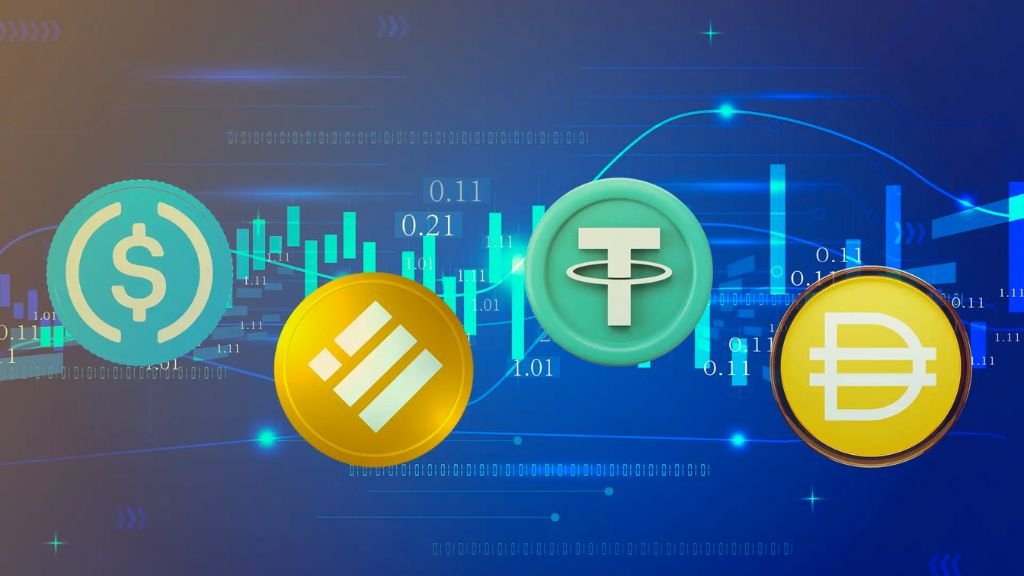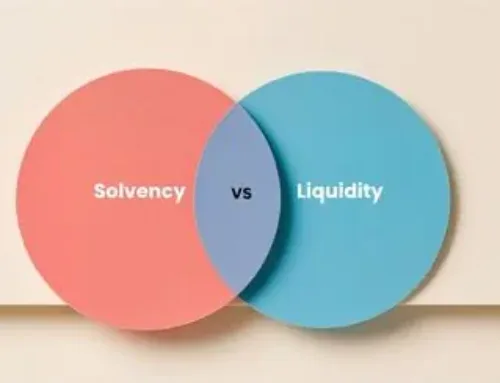
The increasing prominence and adoption of stablecoins, especially after the signing of the GENIUS Act in the US by President Donald Trump, present new opportunities and challenges for Credit Rating Agencies. Stablecoins have emerged as a pivotal innovation within the crypto economy. Designed to maintain a stable value, typically pegged to fiat currencies like the US dollar, these digital tokens are increasingly influencing global financial markets. Their growing scale and complexity have brought them under the scrutiny of regulators, financial institutions and credit rating agencies, which are now assessing how these assets interact with traditional financial systems.
Unpacking the Credit Risks Behind “Stability”
Stablecoins derive their value from underlying reserve assets, and this is where critical credit risks begin to emerge. While some stablecoins are fully backed by cash or government securities, others rely heavily on Commercial Paper (CP) and other short-term instruments, introducing credit market exposure.
For instance, one of the international rating agencies highlighted a leading stablecoin issuer whose reserve assets, as of early 2021, included only about 26% in cash, government securities, and similar low-risk holdings, while nearly 50% were allocated to Commercial Paper. With total assets running into tens of billions of dollars, this meant the stablecoin issuer had exposure comparable to some of the largest prime money market funds.
Such exposure may remain manageable under normal market conditions. However, during financial stress, such as widening credit spreads or liquidity crunches — large-scale redemptions could trigger forced liquidations of CP, amplifying strain on short-term credit markets. This makes the composition, transparency and liquidity profile of reserves central to any credible assessment of risk.
Contagion Risk: The Bigger Picture
Contagion risks associated with stablecoins are not hypothetical. The abrupt de-pegging of partially collateralised coins, such as Iron in June 2021, highlighted how quickly market confidence can evaporate and how such events can ripple into broader markets.
The scale of stablecoins compounds the issue. If redemptions were to occur en masse across several coins with similar reserve profiles, the resulting sell-off could destabilise the Commercial Paper market or impair market-making in short-term debt instruments. An international rating agency warned that some stablecoins may be holding CP volumes larger than those of traditional funds, raising the risk of systemic disruption.
Systemic Importance & Regulatory Response
Some projects, such as those backed by major technology platforms or payment networks, are viewed as having the potential to become systemically important. These stablecoins, even when backed primarily by government securities and cash, draw intense scrutiny from policymakers due to their global reach and potential influence on monetary systems.
In the US, the STABLE Act proposes stronger regulation for stablecoin issuers, including mandatory banking licences and full backing by risk-free assets. The European Union is pursuing similar aims through the Markets in Crypto-Assets (MiCA) regulation. Though implementation timelines vary, these frameworks aim to enforce greater transparency, liquidity safeguards, and operational oversight.
Such regulation could also influence credit assessments. For example, the push to mandate low-risk reserve holdings could improve the resilience of stablecoins while also setting expectations for governance, asset segregation and redemption mechanisms — all key considerations in credit risk evaluation.
Moral Hazard and Market Discipline
A key point emphasised by the international rating commentary is that governments are unlikely to directly rescue stablecoins in the event of a collapse. While authorities might step in to stabilise money markets or protect the broader financial system, they are unlikely to bail out the issuers of privately run digital currencies.
This absence of a safety net underscores the need for robust internal risk controls, conservative asset management, and credible governance structures. The risks are especially acute for stablecoins that are marketed as “safe” yet hold significant exposure to risky or illiquid assets.
Stablecoins are no longer speculative side projects; they are becoming integral parts of the financial ecosystem, with the potential to impact credit markets, monetary policy, and payment systems. For credit rating agencies, the challenge lies in developing frameworks that capture the full spectrum of stablecoin risks, from reserve asset quality and redemption dynamics to operator transparency and contagion potential.
N.B.: This article is based on insights adapted from a commentary issued by an international credit rating agency.








Leave A Comment